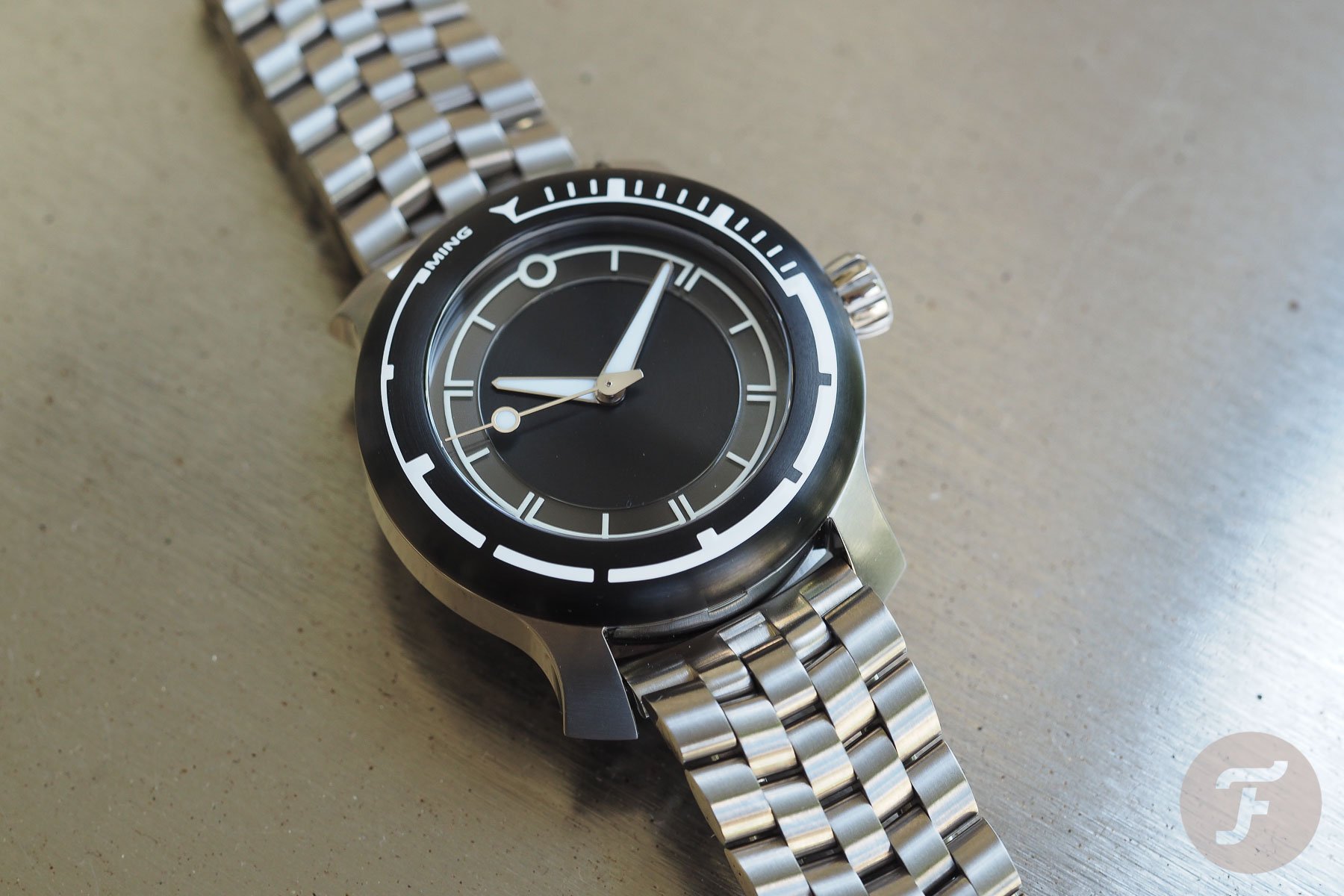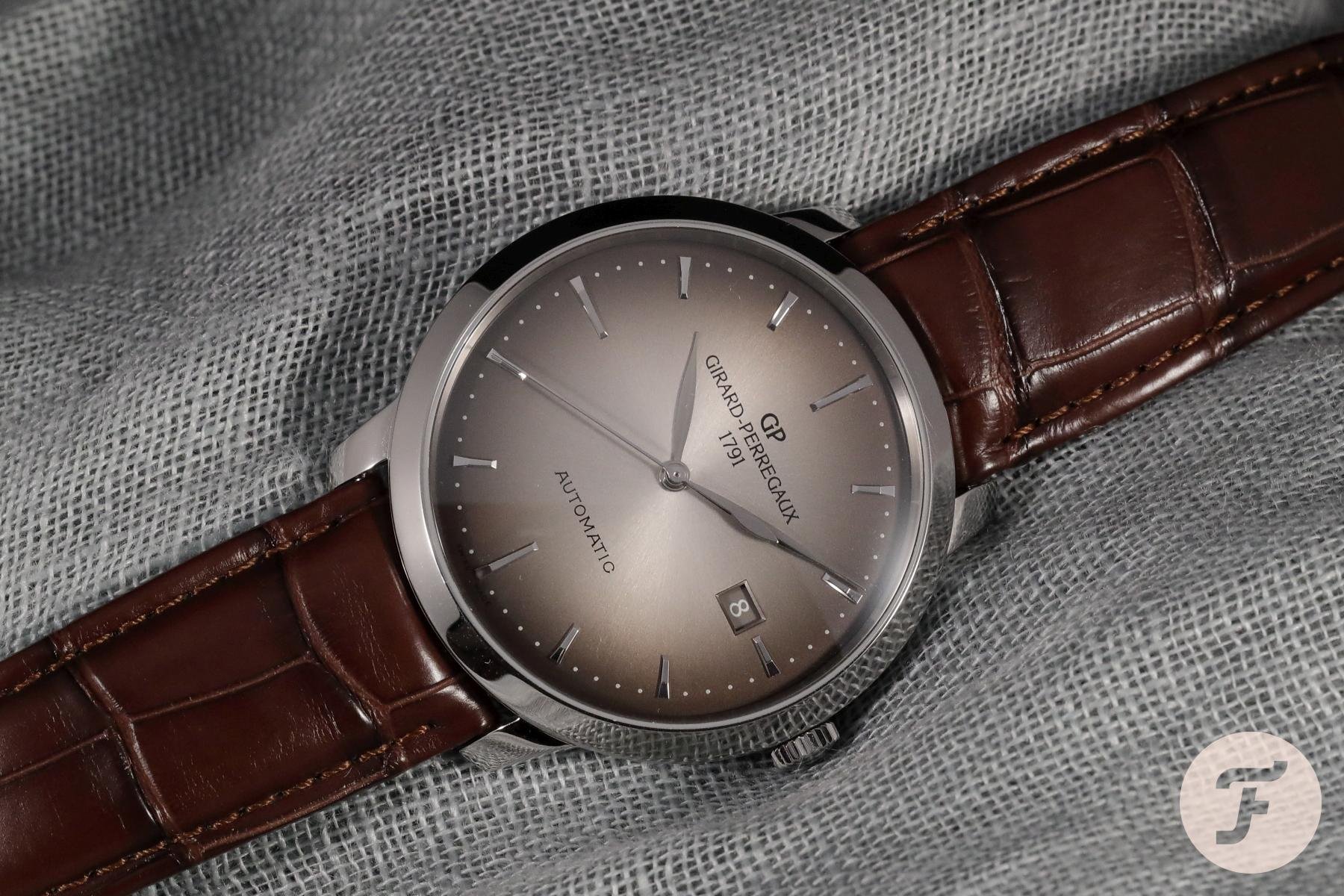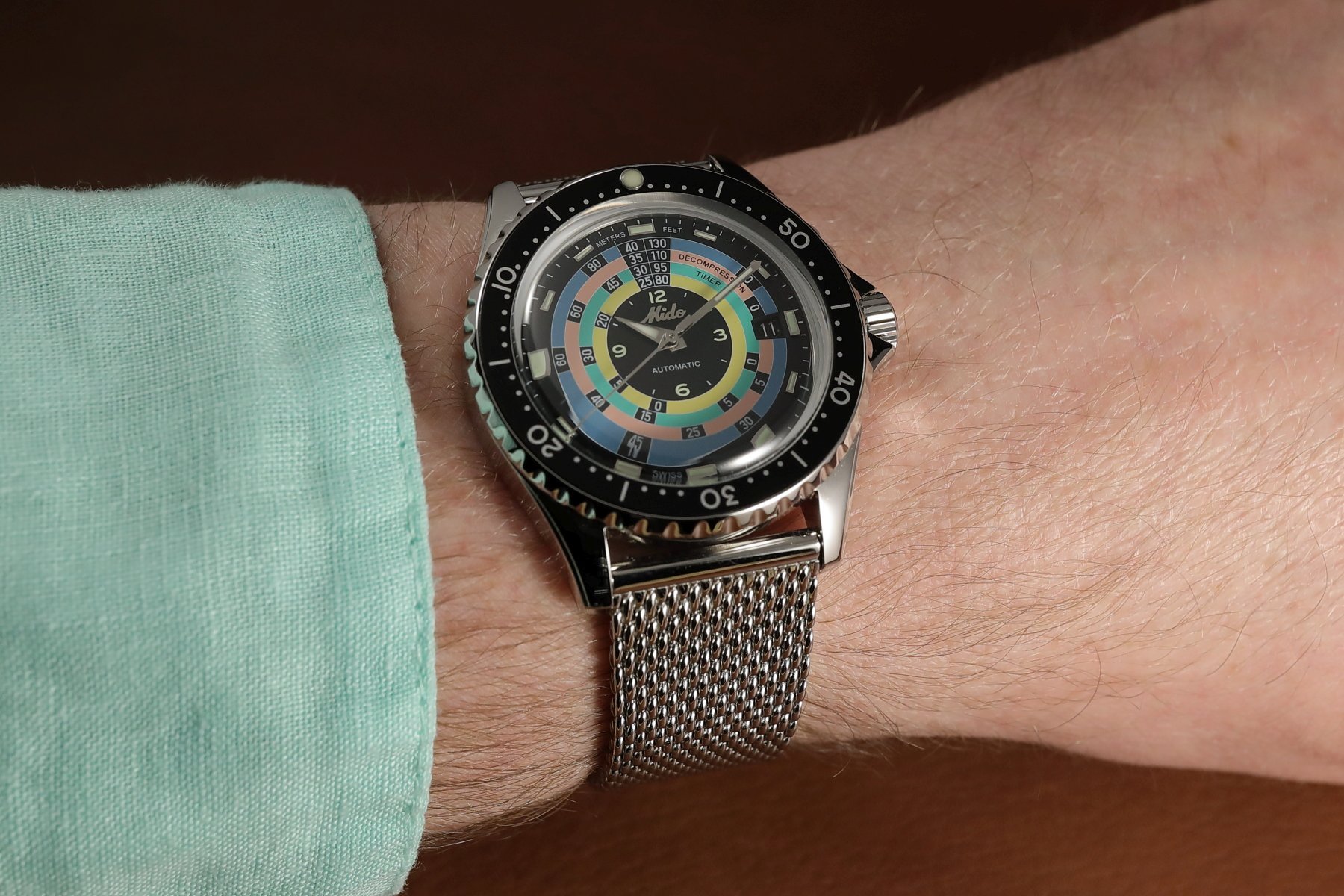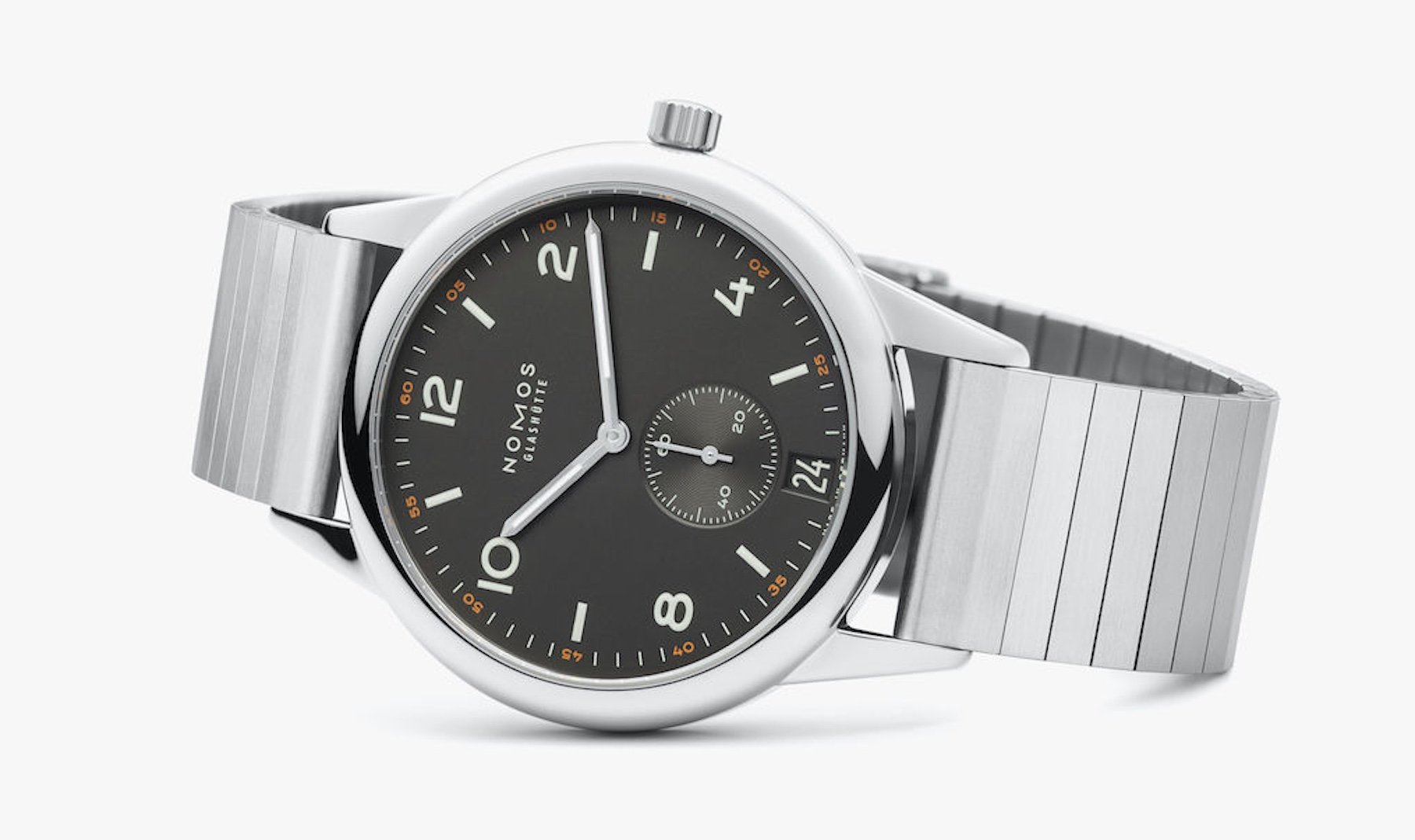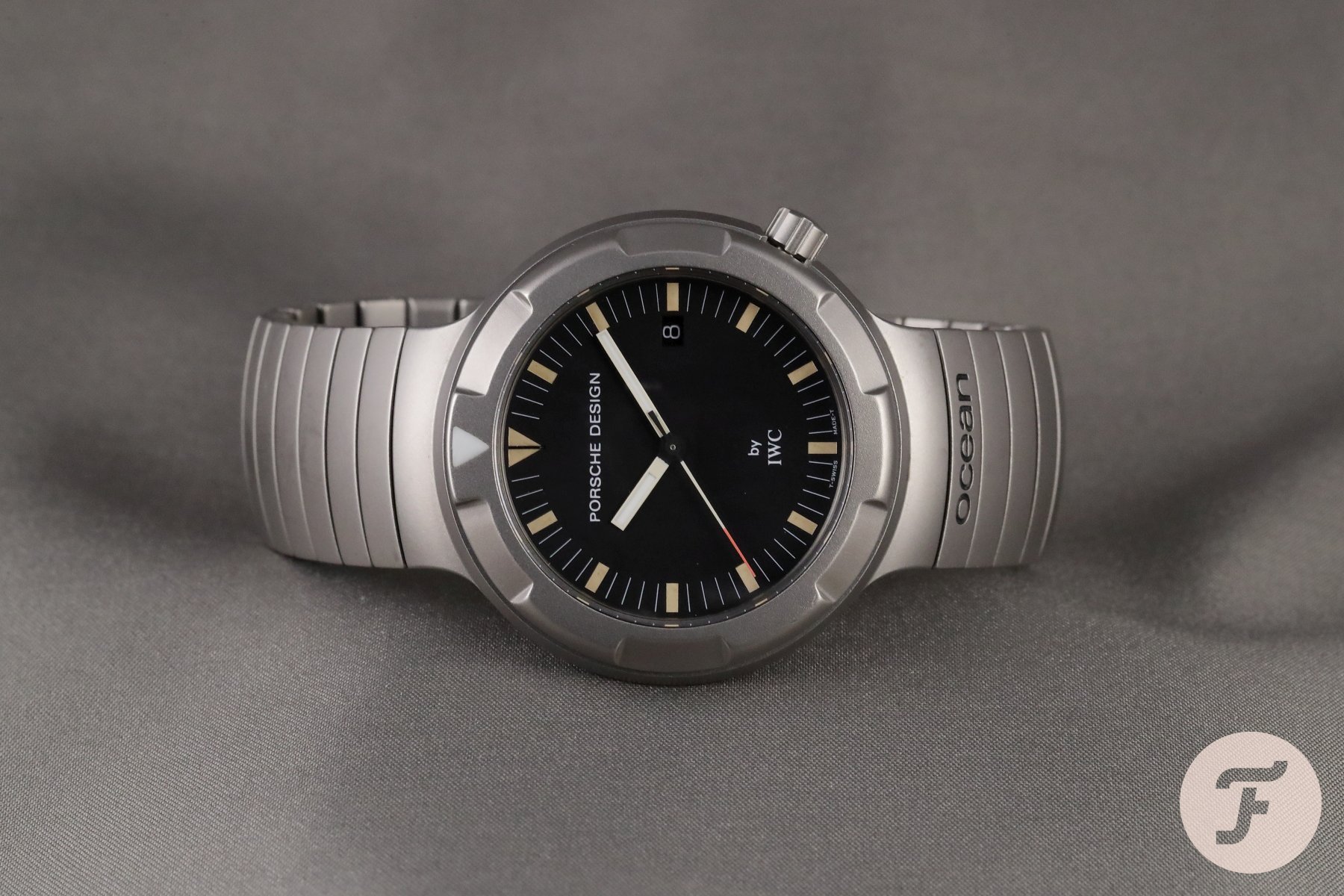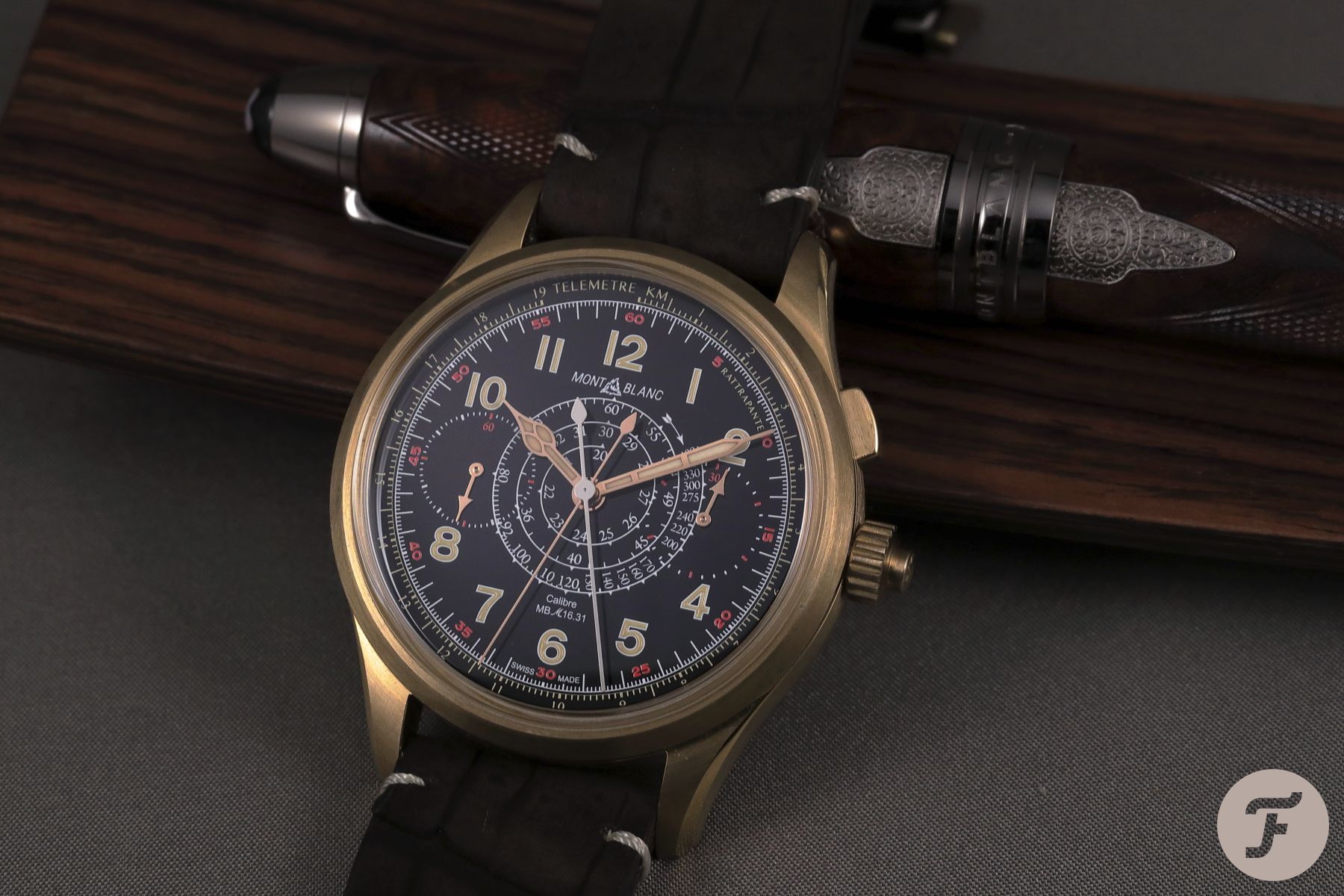Return Of The Jeweler — Is It Time To Visit Your Local Retailer Or Is Online Shopping King Of The Hill?
During the pandemic, we all inevitably became online shoppers. Now, in many countries, the third wave is abating. Finally, we can go shopping again. But do we want to?
Visiting the high street near your home now, after you couldn’t do so for months, because everything was closed, will probably leave a bitter taste in the mouth at first. You will notice all those shops that didn’t survive. Maybe, you recall the last time you were buying something there, and perhaps you remember the people who worked there.
Possibly, you don’t notice anything like that because you’re just exuberantly happy to return to normality and to meet other people again in an almost relaxed atmosphere. Potentially, your desire to socialize is so strong that you don’t even mind having to wait in a queue in front of a shop.
But it could also happen that you don’t see any reason to return to those crowded places. You have learned that you can satisfy your needs online. Online the choice is much greater and various than it could ever be in any single shop. The seemingly limitless number of offers lets you discover discounts that can save you a lot of money. How does this affect the way you are going to buy watches in the future?
Buying watches online
The strongest argument for buying online is definitely the prospect of lower prices. A dealer who doesn’t need to pay the rent for a brick-and-mortar store and who doesn’t need to employ adequately qualified staff to be present at that store saves considerable costs. An online dealer can share those saved costs with the customers by granting substantial discounts.
Even more tempting are online platforms that feature a huge number of offers from different dealers and even private sellers. While these platforms mainly arranged sales of preowned watches in the past, they now provide an increasing selection of new watches. Even brick-and-mortar dealers offer new watches at significantly lower prices on these platforms (which is known as the gray market).
What actually is the gray market?
But why do those dealers waive money, and what actually is the gray market? If a dealer wants to add a watch brand to their portfolio, they need to accept the brand’s conditions. Many watch brands request a dealer to take in a lot of inventory to achieve authorized dealer status. Some brands even decide which models a dealer receives, irrespective of which models that dealer would like to stock or feels they could sell to their clientele. Therefore, a dealer who wants to extend their portfolio by adding an attractive brand is often forced to accept watches they will not be able to sell in their store. Selling these watches back to the brand would negatively affect their reputation and could result in monetary losses. Selling these watches via an online platform, even with a significant discount, is the more profitable alternative.
Buying watches at a local dealer
Formerly, jewelers tried to make us believe that buying a watch at their store would be accompanied by a true luxury experience. They welcome you in a luxuriously furnished environment, and the display cabinets around you showcase a watch lover’s dreams. If you decide to leave a little (or big) fortune at that store, you are even invited to a glass of champagne to celebrate the acquisition. Back then, that jeweler was also your primary source of information on the characteristics of the watches they were offering to you.
Today, you go there (if you do) to buy a watch — no more, no less. As you’re a reader of Fratello, I’ll assume you inform yourself thoroughly before making a purchase. When you enter a jeweler’s store, you know exactly what you want. Most probably, you know a lot more about the watch you want than the (increasingly unprofessional) salespeople staffing the store do.
The real-life experience
So, what do you need a jeweler for? To experience a watch in reality! You probably already have realized that the official images of a watch provided by its maker rarely reflect the watch in real life. Much less can they indicate how it will look on your wrist. We at Fratello invest a lot of effort into providing live images of watches that convey their true nature. But, because we give our best to create top-quality images, we cannot offer photos showing a watch in all possible lighting conditions as this would include bad lighting.
To obtain a sense of how a watch really looks, you must see it with your own eyes. It could even make sense to ask a jeweler if you can take the watch outside the store for a moment to see it in natural light. Brand boutiques offer the advantage of having all current models available – or at least they should. Such mono-brand stores seldom grant discounts, but they sometimes give away merchandise articles, which are heavily sought after by fans of a brand. A good contact at your local brand boutique can also result in invitations to events.
Size matters
The most controversial aspect of a watch (for quite a while now) is its size. A long time ago, watches were small. Then they continuously grew and eventually became comparatively huge. Now, they are shrinking again. Fashion affects what most perceive as the optimal size of a watch. Apart from all that, you have a keen sense of whether a particular watch looks acceptable on your wrist or not.
Watch brands provide the diameter and the thickness of a watch’s case. We at Fratello sometimes even add the lug-to-lug length. If you already own a few watches, you probably have an idea of which size range fits your taste. But how a watch wears or looks on the wrist is not only determined by its physical measures. The complexity of the dial design, the width of the bezel, and even the dial color significantly affect the perceived size of a watch. Rob has attacked this topic in a downright scientific way and developed the Visual Impact Index to calculate the relative perceived presence of a watch, but even that cannot account for the wearability of a piece or how it feels in your hands. Simply put, the issue is complex.
Exceptions
Of course, there are exceptions that make all these considerations pointless. If you are longing for a watch that is not available in your area, shopping online is probably the only solution. Few watch lovers are willing to travel just to buy a watch.
You will rarely find vintage watches at a jeweler. Some sell used watches on a commission basis. Some accept used watches as payment. On the other hand, there are specialized shops for rare, second-hand watches. Pawnshops and watch markets may also reveal exceptional finds. But, to evaluate the condition of a used watch, you either need a lot of trust in the seller or considerable expertise.
Some seriously limited watch models are only available at brand boutiques, only online, or only via your local dealer with excellent connections.
After the purchase — service, repairs, and maintenance
I guess some of you would be surprised at how many new watches have manufacturing defects that arise shortly after purchase. This affects all kinds of brands and becomes even more relevant with very expensive and highly complicated watches. The repair of a new watch that becomes necessary because of a manufacturing defect is covered by the warranty. The shipping costs usually are not.
If you have bought a watch at a local dealer, you bring it back, and the dealer takes care of the entire handling.
If you have bought a watch at a local dealer, and you bring it back, the dealer takes care of the entire process. Had you bought a watch online, you have to send the watch back to the dealer or even to a service center or the brand’s headquarters. All of these might be located in foreign countries. Then you pay the shipping, and you bear the risk for the transport. If you need to send the defective watch to an overseas location, you might even have to bear customs duties.
Owning a defective new watch that requires a potentially time-consuming repair is already bad enough. Needing to send your beloved new watch to a foreign destination at high costs and running the (albeit minor) risk of that parcel getting lost is something you want to avoid. Having your watch serviced at regular intervals creates similar problems.
How good are you at changing a strap or at shortening a bracelet without seriously scratching a watch’s case or bracelet? A jeweler will do this for you within minutes. Have you ever bought a strap online that looked different from the online images and absolutely awful when attached to your watch? At your local dealer, you can try a wide selection of straps directly.
Conclusion
The pandemic has boosted e-commerce. It has demonstrated how well we can satisfy our needs without having to leave our homes. Still, many cannot wait to visit the shopping arcades again, to leave isolation, to actually meet others in the original sense, to communicate and see and touch and experience products in reality.
Your local dealer will be happy to see you again. There will be a lot to talk about. Almost everybody feels the urge to socialize. Therefore your local dealer will likely be planning some events in the near future. Remember that your local dealer is part of your neighborhood, part of your local economy, and part of your local infrastructure. You cannot rely on others to buy there to support that dealer’s existence. Viewing locally to buy online later is just bad style. Saving money in the first place can create painful costs later.
Support your local dealer!
What are your experiences with shopping online and at local dealers? Which will be your preference for the future? What do you wish your local dealer would change to become a more attractive alternative to online shopping? I’m curious to hear from you in the comment section!

